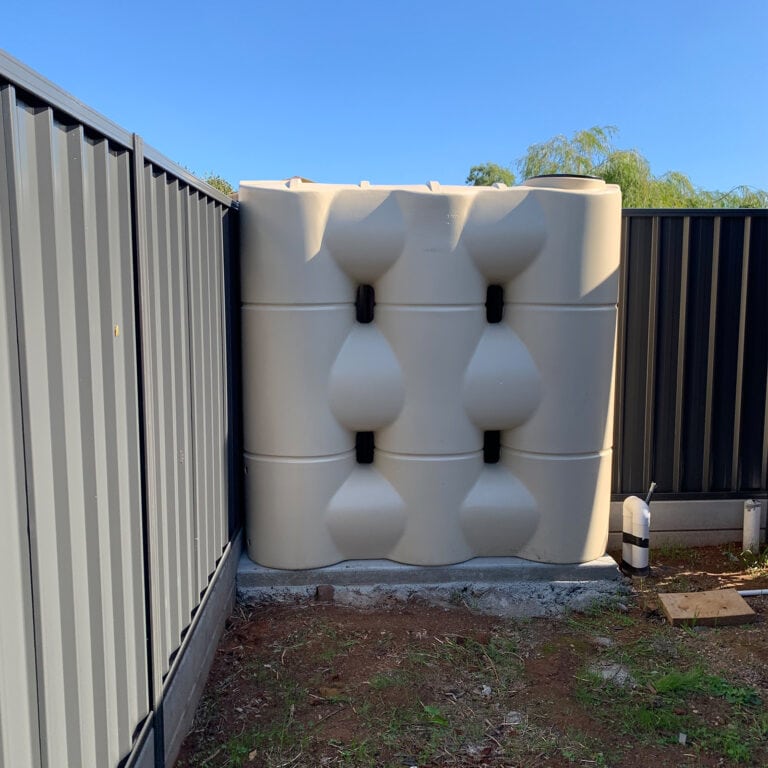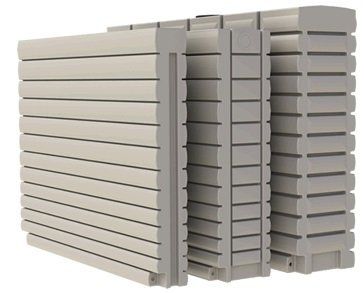Slimline Water Tanks: Trendy and Practical for Modern Houses
Slimline Water Tanks: Trendy and Practical for Modern Houses
Blog Article
Checking Out the Various Usages of Rainwater Tanks for Residential and Commercial Features
As the international focus on lasting living practices proceeds to increase, the utilization of rainwater containers in both residential and industrial setups has actually emerged as a significant solution. These storage tanks use a reservoir for rainwater harvesting, offering a myriad of potential applications that prolong much beyond simple storage. From watering to commode flushing and landscaping, the versatility of rain tanks is huge. Their integration into business residential properties opens up a world of possibilities for eco mindful businesses. The multifaceted uses rain tanks provide an engaging case for their adoption, not just as a sensible water-saving step however additionally as a testament to liable resource management.
Advantages of Utilizing Rain Storage Tanks
Using rainwater tanks provides various advantages for both homes and neighborhoods in terms of water conservation and sustainability. One of the key benefits of using rain storage tanks is the considerable reduction in dependence on keys water - Slimline water tanks. By recording and saving rainwater for later use, individuals and communities can decrease their need for cured water, inevitably relieving the problem on water treatment centers and reducing energy consumption related to water transportation and therapy
In addition, rain collecting through tanks offers a reliable alternative water resource during times of water limitations or lacks. This saved rainwater can be used for various non-potable functions such as watering, flushing bathrooms, and cleaning clothes, minimizing the strain on conventional water resources. In addition, using rainwater storage tanks can bring about cost savings for both families and areas by lowering water bills and reducing the demand for pricey infrastructure expansions to satisfy expanding water needs.
Fundamentally, the utilization of rainwater storage tanks uses a lasting and eco-friendly technique to water monitoring, profiting both individual users and the wider neighborhood in regards to water preservation, cost-efficiency, and resilience.
Rainwater Container Use in Irrigation
Provided the advantages of rain storage tanks in conserving water resources and decreasing reliance on mains water system, a substantial application hinges on utilizing stored rainwater for irrigation purposes - Slimline water tanks. Rain harvesting systems can effectively collect and keep rain, giving a sustainable water source for watering gardens, lawns, and agricultural areas. By utilizing rainwater for irrigation, building proprietors can reduce their dependence on cured water resources, bring about set you back financial savings and environmental advantages

Among the primary advantages of making use of rain for watering is its pureness. Rain is naturally soft and without the chemicals and additives usually discovered in keys water, making it suitable for beneficial plants without the danger of harmful impacts. Additionally, rain is at ambient temperature level, which can benefit plant development by avoiding temperature level shocks that can accompany cold keys water.
Rain Tanks for Commode Flushing

Implementing rain tanks for commode flushing is an economical and eco-friendly method that can be click for more easily incorporated into both residential and industrial homes. The stored rain can be used to purge commodes by linking the tank to the existing pipes system. This easy yet effective solution can considerably reduce water consumption in a structure, especially in locations where water scarcity is a problem.

Incorporating Rainwater Tanks in Landscaping
These tanks can capture and store rainwater runoff from roof coverings, which can after that be utilized for watering gardens, lawns, and plants. By making use of rainwater for irrigation functions, residential property owners can minimize their reliance on community water sources, leading to set you back savings and conservation of precious water resources.
In addition to providing a sustainable water source for landscape design needs, rain storage tanks can also help in managing stormwater runoff. By capturing rain that would otherwise move into storm drains, these tanks can reduce disintegration, reduce flooding risks, and stop air pollution of natural water bodies. Additionally, including rain tanks in landscaping can contribute to the general visual allure of the residential property, showcasing a dedication to ecological stewardship.
Commercial Applications of Rainwater Tanks
Using rainwater storage tanks in industrial settings uses a lasting option for water monitoring read this post here and preservation, profiting organizations and the setting alike. Business applications of rain containers are varied and significantly preferred as you can find out more a result of the expense financial savings and ecological advantages they offer. One essential industrial use is for irrigation functions, where gathered rainwater can be utilized to water landscaping, gardens, and agricultural areas surrounding commercial residential properties. This can cause considerable reductions in water bills and reliance on metropolitan water sources.
Additionally, rainwater accumulated in tanks can be dealt with and used for non-potable functions within commercial buildings, such as flushing toilets, cleaning, and cooling down systems. Overall, the incorporation of rain tanks in commercial settings provides a sensible and environmentally liable method to water management.
Final Thought
From watering to toilet flushing and landscaping, the usage of rain tanks can help preserve water sources and decrease water bills. In general, the versatility and sustainability of rain containers make them a useful investment for any kind of building owner looking to increase water performance.
Report this page